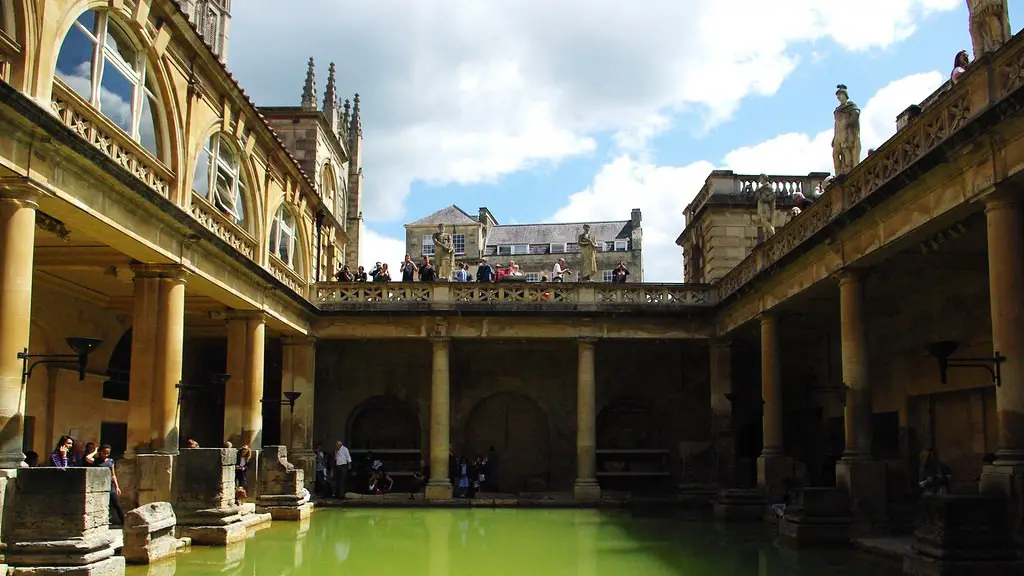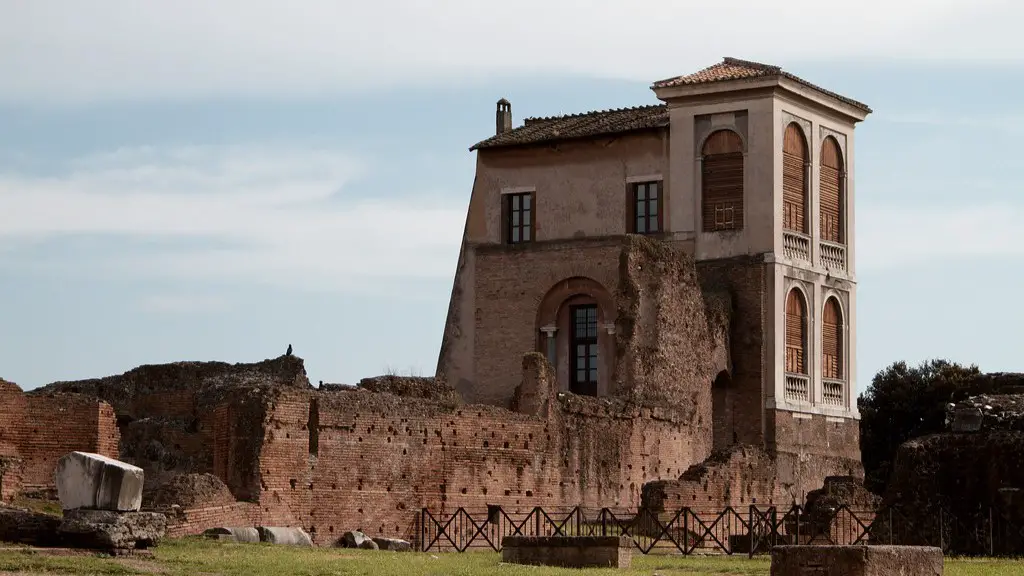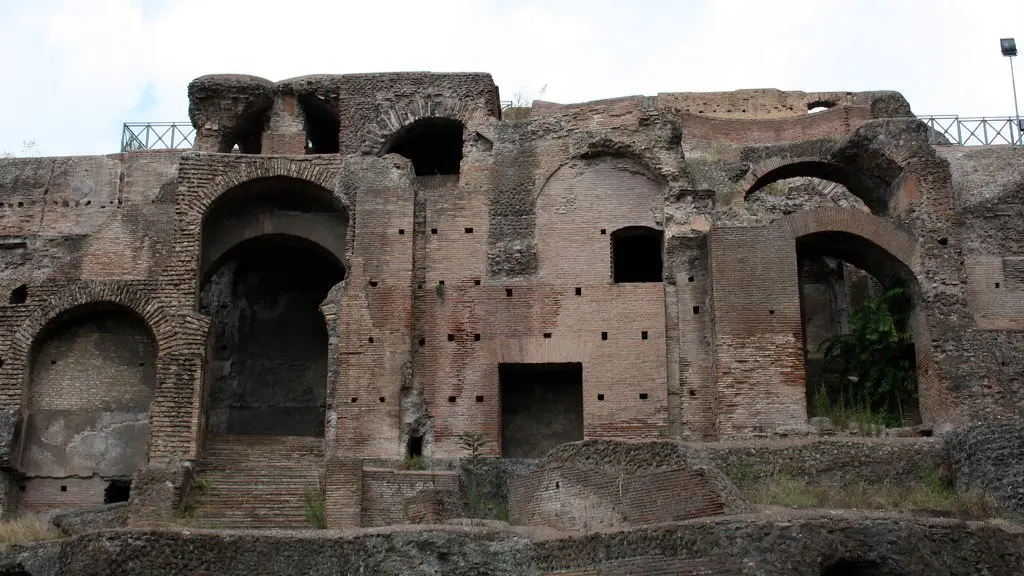Ancient Rome is considered a major superpower of pre-Modern times and the importance of its influence on western civilization cannot be understated. Its influence extended much wider than the core Imperial provinces and its daily life, way of living and culture have come to define the way of life of many today. Therefore, it is important to have a cursory understanding of the daily schedule like that of ancient Rome.
During Ancient Rome, daily lives followed a very strict schedule which started long before dawn; baths and rituals may have taken up to 2-3 hours. People would then have their breakfast, however, it is disputed as to when exactly this took place. It was believed that this happened before leaving the house, but it is more probable that breakfast took place in the workplace either before lunch or during the lunch break. In fact, it has been argued that many people would consume their lunch in two separate sittings, it is said that the Romans would take a break in the middle of the day from noon to mid afternoon due to the persistent heat.
After lunch people would then participate in a variety of activities both recreational and economically profitable such as entertainment, theatre and gambling. Work would start again at 4pm, after which people would go back to the bathhouses for a final wash. During this hour, slaves and children would be performing menial tasks like hauling water and gathering firewood. Thinner people would attend the local taverns to entertain and be entertained. Again, there is no exact evidence as to what exactly went on in taverns various accounts seem to differ slightly.
The most common meal of all was dinner and this time is thought to be the time when most family activities would take place. This could be anything from discussing current events to publicising local news to simply eating with the family. Dinner was the most important part of the day where many of the interesting aspects of daily life of the ancients took place and where bonds and alliances between families and friends were forged.
After this, the upper classes would usually host parties which could quickly get out of control and it often got so lively that it passed way into the night. While remaining in a drunken state, the attendees would often move to different locations to keep the party going. After that, being little more than morning, people would finish off the night with some light dancing or gambling which took place in what we know today as casinos or gambling houses.
Overall, the daily schedule of Ancient Rome was full of hectic activities and never-ending stories. The people would spend most of their days in the theatre and baths with a variety of entertainment, from gladiatorial combats to the chariot races. Apart from that, the Romans were known for their hard work both in the family and at the workplace. The nightlife was diverse and loud and for those who were bored with the daily schedule, there were plenty of sideshows and concerts to attend. Finally, it was the sacred tribute to their gods which kept the people of Ancient Rome in light.
Reactions to the Daily Schedule
The people of Ancient Rome were largely content with the daily life and its structure. This comes to no surprise given that the day was structured to enable them to maintain their obligations to their gods while also having time to enjoy themselves with family and friends. The leisure time during the day enabled people to take part in all sorts of activities, ranging from gambling, hunting and taking part in plays, to collecting alms and visiting nearby cities. Despite the obligation to work, the people of Ancient Rome viewed the daily life as a chance to create lasting social and economic ties which could be beneficial even in the long run.
Distinction Between the Social Classes in Ancient Rome
Although the daily schedule for the people of Ancient Rome was mostly similar, there were some distinctions between the different social classes. For example, the upper classes had an even more leisurely life than the lower classes. They had the luxury of having an entire day of leisure without having to work the fields or toil the land. This enabled them to devote their day to cultural activities such as entertainment and theatre, as well as being able to gamble and socialise with their peers. On the other hand, the lower classes had to deal with hard manual labor and did not have as much time as the upper classes to partake in leisure activities.
Recreational Activities
The recreational activities of the people of Ancient Rome included going to the theater, playing games and engaging in sports. The most well-known recreational activity was the gladiatorial games in the Colosseum; this was an incredibly popular event and could draw a massive crowd. Other popular games included dice and board games, as well as chariot racing. These activities allowed the citizens of Ancient Rome to relax and have fun, while also providing entertainment and diverting the attention of the public away from the political conditions of the time.
Religious Practices
Religion was a central component of Ancient Rome’s culture, and much of the daily schedule revolved around it. Ancient Roman life was filled with rituals and sacrifices to the gods in the hope of obtaining favor. Prayer was on the lips of everyone, from the divine emperor to the lowest peasant. Daily rituals such as washing and offering incense were common and expected. Religion played a big role in Ancient Roman life and for the most part, it helped shape the daily schedule and schedule of activities.
Clothing and Grooming
Clothing and grooming were important aspects of daily life in Ancient Rome. People were expected to be well-groomed and appear clean at all times. It was believed that this was necessary in order to receive favor from the gods, as well as to prevent the spread of diseases. Roman men paid particular attention to their clothing and hairstyle, as this was seen to indicate their social status. Women wore a variety of dresses and accessories, with hairstyles being kept simple in comparison to that of the men.
Impact of the Daily Schedule on Modern Daily Life
The impact of Ancient Rome’s daily schedule can still be seen in the modern world. Many of the recreational activities that were popular during Ancient Rome’s time continue to this day, such as board games and sports. Additionally, the importance of religion and its influence in daily life has led to many of the rituals and beliefs that exist in many western countries today. Finally, the concept of having a structured daily routine that is followed by everyone, from the upper to the lower classes, has been carried over into modern daily life. This is something that is still relevant today, even though the activities and daily schedules have changed significantly.


